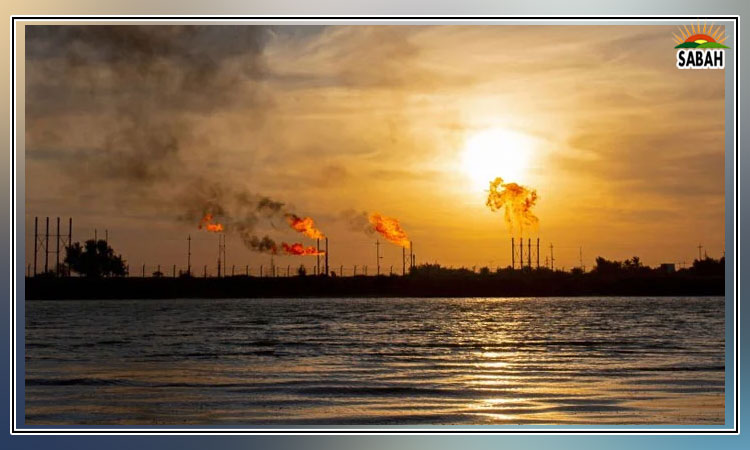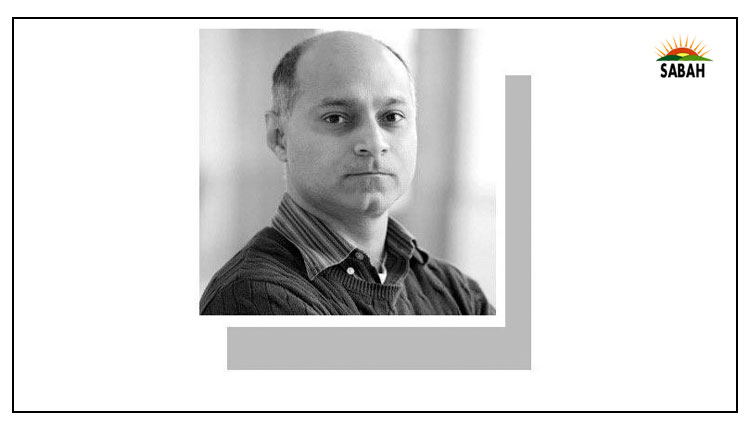Desperation in Sindh…Amir Hussain
The 2022 monsoon rains caused a disaster of biblical proportions in Sindh, which is already struggling with issues like lack of good governance and development planning.
While Sindh continues to receive the highest amount of rainwater with increasing ferocity and velocity with each passing monsoon season, partly due to the impacts of climate change, the people of the province stand to lose the most. Sindhs agricultural areas are still underwater; crops have been washed away; homes destroyed; and livestock killed. Thousands of people are set to brace the challenges of starvation. The flood water did not recede for months due to the provinces poor drainage infrastructure. The land has become unusable and will remain so for months. This will lead to a perennial bust for the local economy and peoples livelihood as the cycle of land cultivation will remain disrupted for a whole year.
The Sindh government needs to work closely with international financing agencies and donors on a comprehensive programme to upgrade the provinces drainage infrastructure. The existing system is well suited to the outflow of agricultural runoff and its drainage points are too narrow to drain out floodwater from the inundated land.
When Sindh received huge amounts of water during recent rains, the provincial government diverted water to Manchar Lake without properly raising its embankments or thinking about the impending consequences. Authorities claimed that they had raised the dykes of the lake before diverting the water as the lake received turbid and muddy flood water far beyond its storage capacity. As a result, the water started to overflow from the lake, causing the serious threats of the complete collapse of its embankments. The local authorities had to breach the lakes dykes to lower the pressure of huge water inflow and save embankments.
It seemed the provincial government did not have any disaster preparedness and response mechanism in place despite the fact that the province continues to experience widespread disasters frequently. Sindh now needs huge investment for the reconstruction of damaged structures and for restoring the livelihoods of the worst affected people. This requires investment in climate change adaptation measures like building disaster resilient infrastructure, construction of permeable pavements, raising the elevation of new settlements and construction of damaged houses on elevated platforms. Investment in the reconstruction of damaged infrastructure without taking into account the adaptation measures means that the reconstructed infrastructure will be washed away in the next spell of floods a recurring phenomenon in Pakistan.
Post-flood reconstruction and rehabilitation should be governed by a settlement development approach rather than rebuilding standalone damaged houses in a scattered manner. In many instances, the houses raised to ground or washed away by floods were scattered, and their reconstruction on the same location without flood resilience and adaptation planning would make them extremely vulnerable to be washed away in the next spells of floods. The affected people will also require access to basic services and infrastructure in addition to the reconstruction of their homes. This will involve huge investment to build access roads and other social services if standalone houses are built without a settlement development approach.
It is important to link housing reconstruction with a livelihood restoration programme. This way people would prefer to live in these newly-built homes instead of migrating to nearby cities in search of livelihood. This also lends credence to the idea of linking housing reconstruction with an inclusive and integrated village or settlement development programme where people have access to education, health, employment and other basic necessities of life.
Also, in an inclusive and integrated settlement development approach, there are good prospects of livelihood restoration, diversification and improvement if it is linked with the provision of technical and financial support to affected people for establishing local enterprises, corner shops, vegetable stalls and transportation enterprises, etc.
There is a lesson to learn from the post-disaster reconstruction and rehabilitation programmes undertaken after the 2010 floods. In 2010, the reconstruction of houses and other essential infrastructure did not follow integrated climate change adaptation and livelihood restoration planning. Most houses and basic physical and social infrastructure built after the 2010 floods with a standalone facility development approach were washed away in the recent floods.
There is another important dimension to consider in inclusive development for the internally displaced people who were forced to move into urban slums in search of shelter and livelihood when the flood-induced disaster hit them hard. Those affected populations who have moved to urban slums and are not willing to go back to their original places in rural areas because of better urban-based livelihood prospects should be provided with housing facilities in urban areas.
But those poor landless people who are willing to go back to their original places in rural areas after the reconstruction of homes for them have varying challenges. It is a good sign that the Sindh government has decided to grant land ownership to those landless flood-affected people who squat on state land so that they become the rightful owners when their damaged homes are reconstructed on state land. There is still a vast majority of flood-affected landless people without title to land like tenants whose temporary shelters were washed away during the floods. They are the most vulnerable as they will not own the newly reconstructed homes even if they are reconstructed in their name.
For these landless people, the Sindh government should pass a law to register them as owners of their newly built homes through an agreement with landowners. Or it should be ensured that these people have some control over the piece of land where their homes are to be built. If the provincial government finds it too cumbersome to grant ownership rights to these landless people, it would fly in the face of the governments claims that it follows social democratic principles.
Unfortunately, this irony has been a part of political governance in Sindh contrary to the political rhetoric of social democracy. The political elite comprise big landlords who sit in the provincial assembly and hold ministerial portfolios. They will find it suicidal for their political and economic interests to introduce legislation for land reforms.
The Sindh government should at least provide these landless flood affected families with cash grants so that they have adequate funds to build a decent house for themselves in a place of their own choosing.
The writer is a social development and policy adviser, and a freelance columnist based in Islamabad.
Courtesy The News












